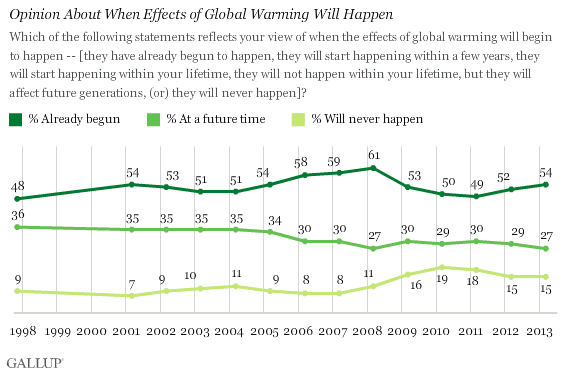This blog has thus far been a whirlwind tour of the innovative energy landscape and I’m really glad you guys have taken this journey with me! We’ve seen truly brilliant scientists and engineers who have taken the future in their own hands to try and make a difference. We currently live in a world that is being blackened by the human race’s past and continued transgressions against nature. While species die off and oceans levels rise, ours and the world’s politicians continue to squabble about whether or not this climate change that we face is even a problem. Either that, or fossil fuel companies have their hands so deep in these politician’s pockets that it doesn’t matter. It warms my heart to see people go out and try and make a difference despite all this. We need citizen leaders to pave our way to a brighter, cleaner future. That was the purpose of this blog, to highlight their achievements, specifically in the field of alternative energy.
So far, we have discussed the most conventional forms of “green energy:” wind, solar, nuclear fission AND nuclear fusion. But today, for our final wrap-up, we are going to discuss the weird ones; those completely out there ideas that prove some among us have that right mix of desperate and creative that will propel us into a brighter age. Let jump in.
So lets start off with the more tame of the two. This one is actually just an extension of solar power, albeit in a bit weirder fashion. They are called “solar islands” and they are literally just a floating disk of solar panels not far from shore. The idea has been launched by two Swiss energy research companies: Viteos and Nolaris.

A proposed concept for this solar islands
However, the main concept design came from a Swiss researcher named Thomas Hinderling. He originally said that he could make solar islands that were miles across and would generate megawatts upon megawatts of power. Obviously, this was not exactly a realistic first step. The actual first step came when a smaller, test island was launched in Abu Dhabi in the UAE. It’s been running since 2009. Now these Swiss companies are launching three more prototypes off the coast from a sewage treatment plant. They work in much the same way a normal solar farm would work. They rotate to track the sun and heat water to be used in steam turbines. The added benefit is that they take up no land whatsoever. This actually seems implementable right now which is hopeful.
The next idea still has to do with solar power but it’s a little more out of left field. It involves harnessing photosynthesis to produce power. Photosynthesis is what plants, algae, and a bunch of bacteria do to make their food. Karin Stensjö and her team at the University of Uppsala in Sweden are researching how to harness the energy that these organisms produce. Specifically, she is looking at how to modify cyanobacteria so that they excrete the carbon-based fuel that they produce instead of using it. Cyanobacteria are one of the most widespread and prolific photosynthesizers on the planet and as you know, photosynthesis produces oxygen as a byproduct. In fact, scientists believe that they were responsible for oxygenating the Earth in the first place.

If this process could be performed on an industrial scale, we could get so many benefits. There would be reduced need for new infrastructure because the carbon-based fuel they produce would be similar to ethanol. In addition, so much induced photosynthesis would automatically take out CO2 from the atmosphere and replace it with oxygen. So cool!
While they seem to be leading the way, private citizens and research teams are not the only ones making an impact with renewable energy. In fact, some countries and governments have actually made a real impact on their energy portfolio (if you can believe it).
The small Baltic country of Denmark gets almost 40% of their energy from wind power, for which they have been an innovator since the 70s. Go Denmark!
This doesn’t really hold a candle to Scotland who have also been pioneers in wind power. They have so much of it that they are starting to get surpluses. By 2030, researchers estimate that their power grid will be 100% renewable. Now that’s a goal to work toward. For comparison, look back to a post from a few weeks ago that shows the U.S.’s energy portfolio. We could definitely do better going into the future.
So, for the last time on these blogs, I’ll ask you guys, what do you think about these weird ways of getting energy. Have you ever come across anything weirder? I would love to hear it! Thanks guys!

















